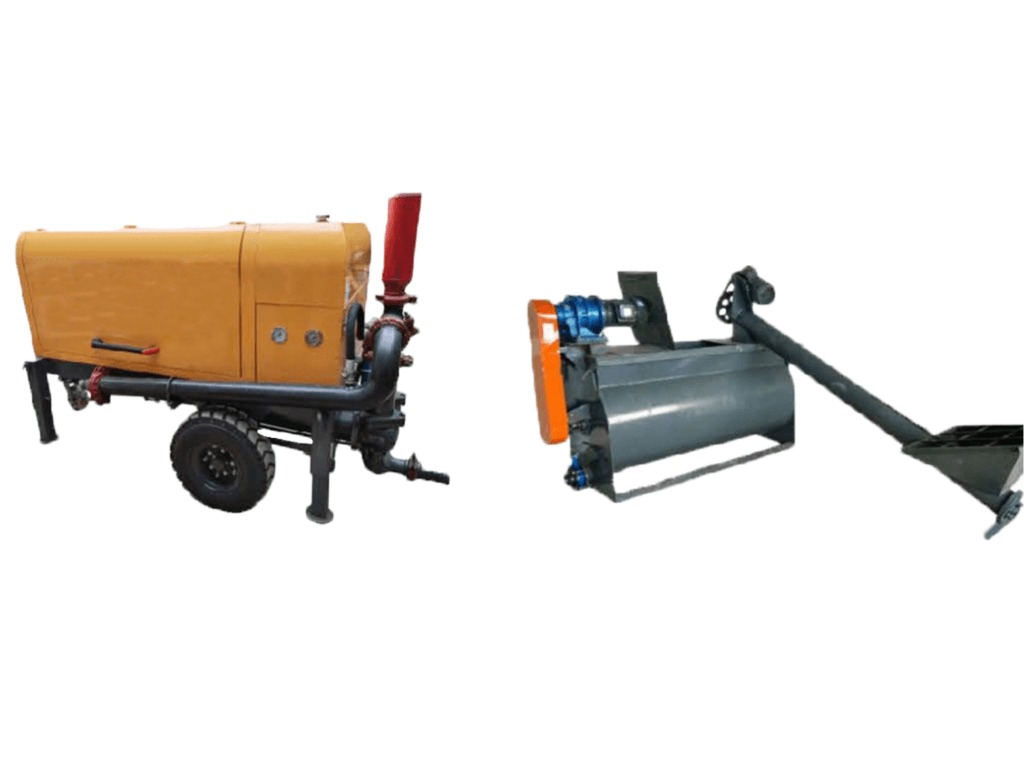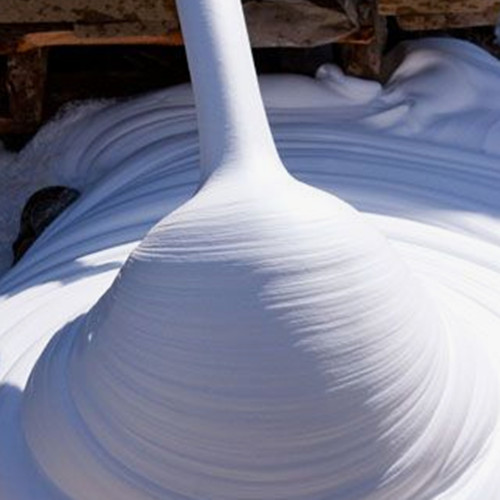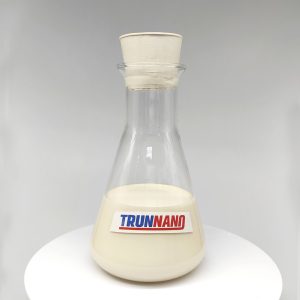Professional solutions on concrete addtives, Concrete Foaming Agent, Superplasticizer, CLC Blocks Additives, and foaming machine
(What Does Superplasticizer Do in Concrete?)
A superplasticizer is an additive that changes the properties of concrete. It is a chemical that makes concrete flow more easily. However, this chemical requires some changes in concrete procedures. The proportions of cement and sand need to be adjusted, as well as the superplasticizer dosage. High flowing concrete creates more pressure on the forms, which must be designed to withstand the pressure. This type of concrete is also difficult to place on slopes. Although superplasticizers provide some additional benefits, overdoing them can have adverse side effects.
Impact on slump
A superplasticizer is a chemical that is added to concrete to improve its slump. Its effect is dependent on the type of superplasticizer used, the water to cement ratio, and the temperature and time of addition. The more superplasticizer is added, the greater the slump improvement. However, the amount of superplasticizer cannot be increased above the recommended dosage.
The use of superplasticizers has numerous benefits in concrete production. However, they can also result in significant slump loss. It is important to consider the relative effects of the different admixtures, materials, and production methods on slump. In addition, it will be necessary to study the compatibility of the superplasticizer with other admixtures. Some factors that influence slump are surface area, cement content, and sulphate content.
Adsorption by C3A of superplasticizers
Superplasticizers are compounds that bind onto the surface of cement particles. The effect is mediated by electrostatic and steric repulsion. This interaction between cement and superplasticizers has been a major research topic for the last several years. However, the exact mechanism is not yet clear.
While some superplasticizers have high affinity for cubic C3A, they exhibit much lower affinity for orthorhombic C3A. Therefore, the effect of superplasticisers on orthorhombic C3A hydration is small.
Effect on viscosity modifiers
The use of a superplasticizer in concrete can have a number of benefits, including improving the flow properties of the concrete and improving the durability of its finished product. It can also improve the strength of concrete, and it can be used to fill cavities. However, the use of a superplasticizer in concrete has drawbacks, including the use of excessive amounts of superplasticizer and sedimentation.
In addition, it can lead to bleeding, segregation, and changes in sand moisture. Moreover, a robust SCC enables a concrete supplier to deliver a more consistent batch, minimizing the need for site adjustments. In addition, a high content of VMA can reduce the variability of the SCC.
Effect on workability
Superplasticizers can improve the workability of concrete by reducing its water content by up to 30%. In addition, they retard the curing of concrete by neutralizing the surface attractions between the cement particles. This reduces the open spaces in the cement, which increases the strength. The use of these additives can increase the workability of concrete, but caution should be used when deciding on the right amount.
Typically, the dosage of superplasticizers used in concrete mixtures ranges from one to three liters per cubic meter. Depending on the concrete mix type, the dosage can increase or decrease the water cement ratio. To determine the exact dosage required, the Marsh Cone Test is used.
Types of superplasticizers
The different types of superplasticizers are designed for specific applications in the concrete industry. These additives are used in self-leveling, high-strength, and high-flow concrete. They help reduce the drying shrinkage and increase the overall durability of the concrete. For example, superplasticizers reduce the volume change of concrete after it has finished curing.
Superplasticizers are soluble macromolecules that are hundreds of times larger than water molecules. They act by binding to concrete and releasing entrapped water through the repulsion of same-charged molecules. Their mechanism of action is very different from that of WRA, which can reduce the workability of concrete.
Concrete Concrete additives Supplier
Cabr is a reliable concrete concrete additives supplier with over 12-year experience in nano-building energy conservation and nanotechnology development.
If you are looking for high-quality concrete concrete additives, please feel free to contact us and send an inquiry. (sales@cabr-concrete.com)
We accept payment via Credit Card, T/T, West Union, and Paypal. TRUNNANO will ship the goods to customers overseas through FedEx, DHL, by air, or by sea.
(What Does Superplasticizer Do in Concrete?)








